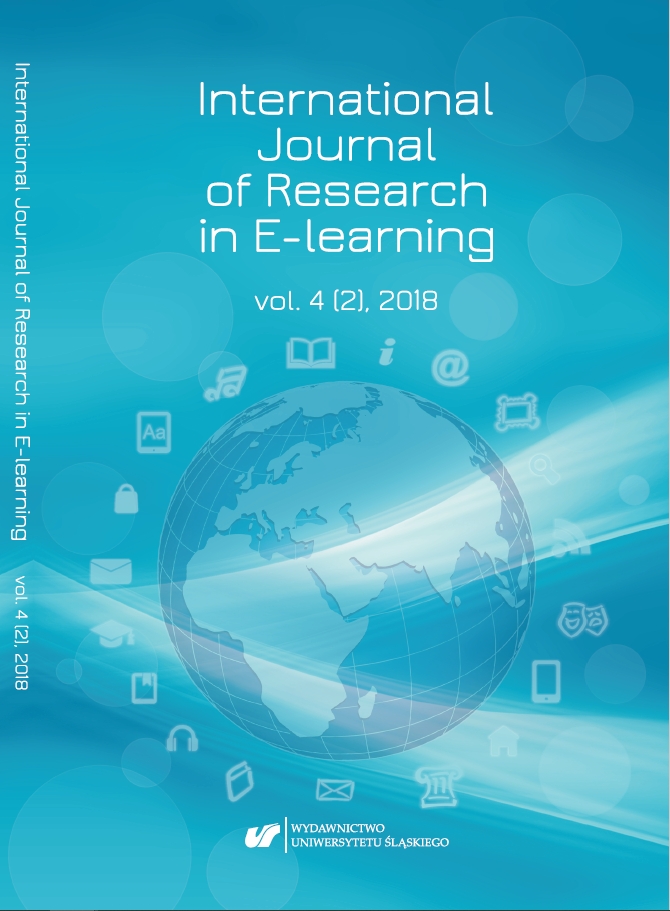

QR codes are usually discussed in the context of mobile learning. In our article, we show other opportunities of their use with special focus on mathematics and informatics education and its methodology. Appropriately placed QR codes can, for example, be applied to create a feedback for both students and teachers, as an additional source of problems in a problem solver or a worksheet, or as an input gate to a didactic game. The addressees use their smartphones to read their selected QR code. The code refers to a file containing the data files predesigned and stored by their educator or the author of learning materials. The data are then used in accordance with their educator’s instruction. Similarly, a QR code can link additional information sources in a worksheet or open the student’s gate to the course/instructor evaluation. In the paper, we portray such an approach using examples from various fields of mathematics, statistics, and databases. Finally, we discuss advantages and disadvantages of this approach.
Download files
Citation rules

Vol. 4 No. 2 (2018)
Published: 2018-06-03